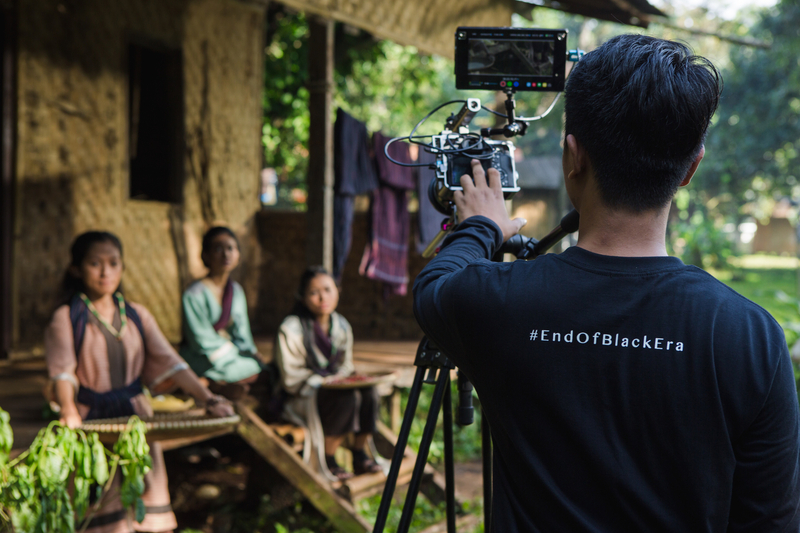Capturing the Essence of Visual Storytelling
In the intricate dance of filmmaking, where every frame contributes to the narrative, cinematographers stand as the visual architects, crafting the language of emotions, aesthetics, and storytelling. Their role goes beyond capturing images – it’s about translating the director’s vision into a cinematic masterpiece, a symphony of visuals that leaves an indelible mark on the audience.
Visionaries Behind the Lens
Interpreting the Director’s Vision:
Cinematographers are the translators of a director’s vision into visual language. Through in-depth discussions and collaboration, they grasp the emotional beats, thematic nuances, and overall atmosphere intended for each scene.
Mood Setters and Atmosphere Creators:
The choice of lighting, camera angles, and framing is the palette with which cinematographers paint the emotional landscape of a film. They set the mood, create atmosphere, and evoke emotions that resonate with the audience.
Crafting Visual Aesthetics
Composition and Framing:
Every frame is a canvas. Cinematographers meticulously compose shots, considering the placement of characters, objects, and the overall framing to create visually compelling images that tell a story beyond words.
Playing with Depth and Perspective:
Cinematographers manipulate depth and perspective to guide the audience’s focus. Whether it’s a sweeping landscape shot or an intimate close-up, these choices enhance the storytelling and contribute to the overall visual experience.
Technical Mastery
Mastering Camera Techniques:
From handheld shots that convey immediacy to smooth tracking shots that provide a sense of elegance, cinematographers are skilled in various camera techniques. Their technical mastery ensures that each shot serves the purpose of the narrative.
Navigating Lighting Challenges:
Lighting is the cinematographer’s brushstroke. They expertly navigate natural and artificial lighting, creating visual textures that complement the mood of the scene. Whether it’s the soft glow of a romantic setting or the harsh shadows of a tense moment, lighting sets the tone.
Collaboration in Action
Collaboration with the Director and Crew
Cinematographers work hand-in-hand with the director and other crew members. Their collaboration extends to the art department, costume design, and even post-production, ensuring a cohesive visual language that enhances the overall storytelling.
Problem Solvers on Set
On a film set, challenges are inevitable. Cinematographers act as problem solvers, adapting to unforeseen circumstances and finding creative solutions to deliver the director’s vision within the constraints of time, budget, and logistics.
Leaving a Cinematic Legacy
Cinematography as an Art Form:
Cinematography is not merely a technical task but an art form. It’s about capturing the soul of a story in each frame, leaving a visual imprint that lingers in the minds of the audience.
From iconic shots that define a film to pioneering visual styles that influence the industry, the legacy of a cinematographer extends beyond a single project. They contribute to the evolution of cinematic language, shaping the way stories are told on the big screen.
Conclusion: The Cinematographer’s Signature
In the grand tapestry of filmmaking, cinematographers sign their work with visual signatures that tell stories beyond words. Their role is not just technical; it’s visionary. As we lose ourselves in the captivating visuals of our favorite films, let’s take a moment to appreciate the silent maestros behind the lens—the professional cinematographers who breathe life into the stories we love.

